Recycling

Here at Tasman Machinery, we work with some of the world leaders in both post-consumer and post-industrial recycling. Names such as Herbold Meckesheim, Kreyenborg, Nordson BKG, and Xaloy are commonly seen in the recycling industry.
Herbold Meckesheim are considered amongst the world’s best in post-consumer plastic wash lines for films and rigid plastics. Examples include PET wash lines for 5T/Hr. Film agglomerators capable of 2 tonnes per hour. Post consumer HDPE wash-lines for 2-4 tonnes per hours. Herbold Meckesheim has wash lines located throughout the globe. Europe, Middle East, Asia, USA, South America, Australia & NZ. If you are serious about post-consumer recycling, Herbold Meckesheim is a name you will know.
For large capacity shredders & granulators needed for the massive demands & throughputs in the recycling industry, Herbold Meckesheim provide the highest levels of German manufacturing with a large range of force-fed shredders, both in dry and wet configurations.
Kreyenborg offer a unique infra-red drying technology for post-consumer recycling. The IR-Clean system provides a highly economic and simple system for re-processing PET flakes to FDA & EFSA standards.
Meanwhile with the IR-FRESH® system, KREYENBORG offers an innovative but equally cost-effective technology at the highest level to neutralize and eliminate odorants from plastics, which has proven to be a difficult problem for the recycling of HDPE milk containers and the likes.
Nordson BKG provide a full range of auto flushing filters and screen changers, able to handle the highest levels of contamination, while also providing a wide range of under-water pelletizers, which allow recyclers to produce a consistently high level of plastic pellet.
A step-by-step description of the plastics recycling process:
-
Collection: The first step in plastics recycling is the collection of plastic waste. The collected plastic waste may include items such as bottles, containers, packaging materials, and other plastic products.
-
Sorting: Once the plastic waste is collected, it undergoes a sorting process to separate different types of plastics. Plastics are categorized based on their resin identification codes, which indicate the type of plastic used. Common types of plastics include polyethylene terephthalate (PET), high-density polyethylene (HDPE), polyvinyl chloride (PVC), low-density polyethylene (LDPE), polypropylene (PP), and polystyrene (PS). Sorting can be done manually or through automated sorting equipment that utilizes various methods such as optical sensors, infrared technology, or density-based separation.
-
Cleaning: After sorting, the plastic waste is cleaned to remove any contaminants such as dirt, labels, adhesives, or other non-plastic materials. The cleaning process may involve washing, rinsing, or using specialized equipment like granulators or shredders to remove unwanted materials.
-
Shredding and Size Reduction: The cleaned plastic waste is then mechanically shredded or granulated into smaller pieces. This step increases the surface area of the plastic, making it easier to process and melt in subsequent steps.
-
Melting and Pelletization: The shredded plastic is melted down through various methods, such as extrusion or injection moulding. The molten plastic is then formed into small pellets or flakes, known as regrind or recycled resin. The pellets serve as the raw material for manufacturing new plastic products.
-
Blending and Processing: The recycled plastic pellets can be blended with virgin plastic material or additives to achieve desired properties and characteristics. This step ensures that the recycled plastic meets specific performance requirements for its intended application. The blended material is then processed through extrusion, injection moulding, blow moulding, or other plastic processing techniques to produce new plastic products.
-
Product Manufacturing: The processed plastic material is used to manufacture a wide range of products, including packaging materials, automotive components, construction materials, consumer goods, and more. These products can be recycled again at the end of their useful life, forming a closed-loop recycling system.
Get Started








